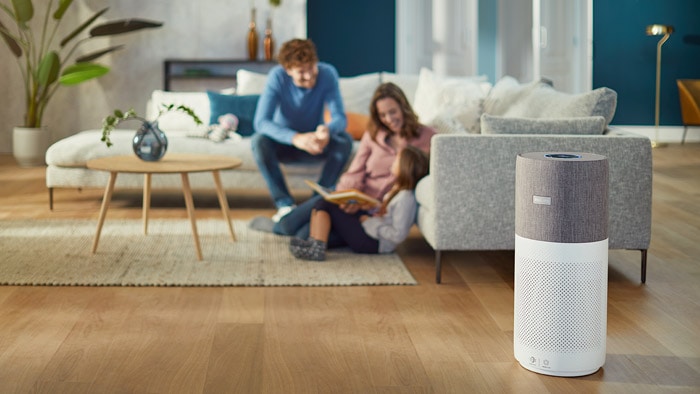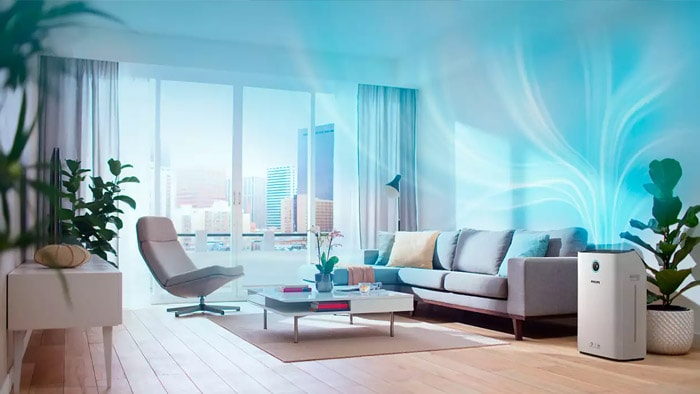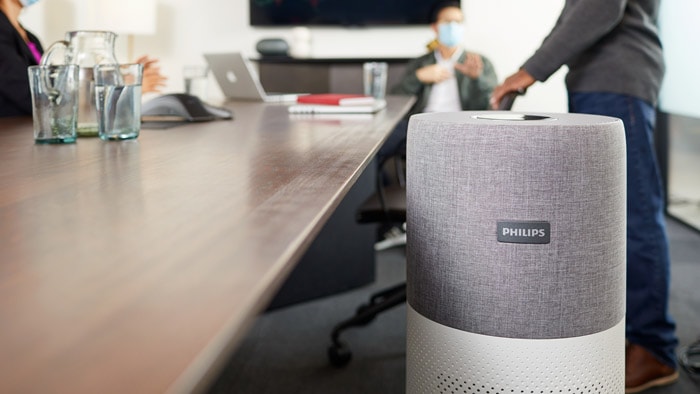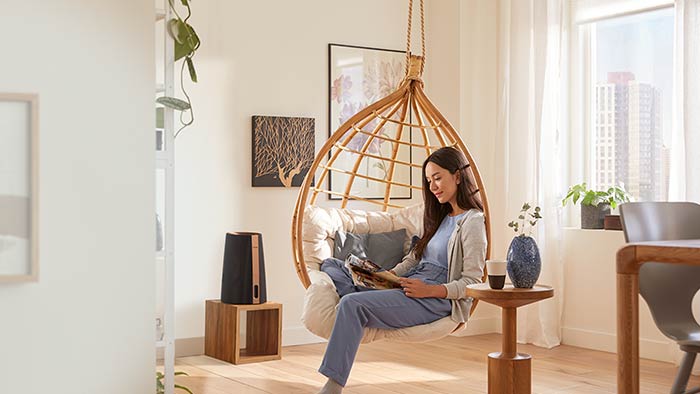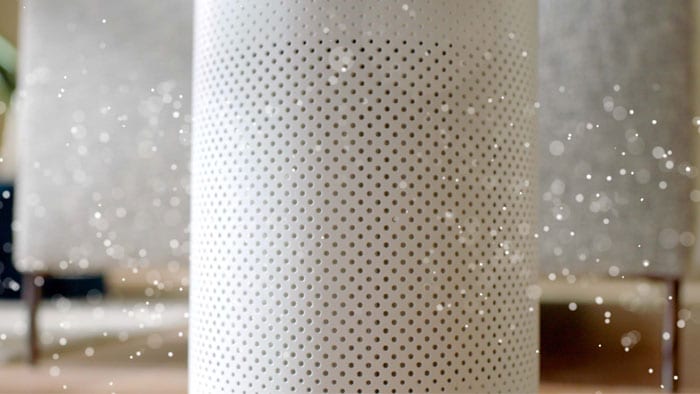Reading time: 5 Min
What’s the best temperature for sleep? How air quality affects sleep
Given that we spend a third of our lives sleeping (if we’re getting those golden eight hours a night), it’s important that our shut-eye time is quality time – and the bedroom environment has a huge part to play. It makes sense that improving the air quality in your home has a direct link with improving sleep quality, so read on to learn all about the impact of sleeping in a dry room and the ideal sleeping temperature.
Best temperature for sleep1
Have you ever tossed and turned on a hot summer’s night, or been shivering away on a cold winter’s evening? Air temperature has an impact on REM (rapid eye movement) sleep, so getting the temperature just right in the bedroom is key, but what exactly is ‘just right’?
Bear in mind that the elderly and young children often need a slightly warmer bedroom. A room thermometer can be helpful to work out whether a room is the right temperature for its occupants.
That’s ideal bedroom temperature sorted, but what about the relationship between humidity and sleep quality – what’s the best balance of not-too-moist and not-too-dry air?
The impact of sleeping in a dry room: what’s the right humidity level?2
What is the link between humidity and sleep quality? Here are a few facts about bedroom humidity you should be aware of.
The 2-in-1 Air Purifier and Humidifier Series 3000i can also help protect you against the discomfort of dry air, while also cleaning the air of harmful gases, particles, bacteria, and viruses.
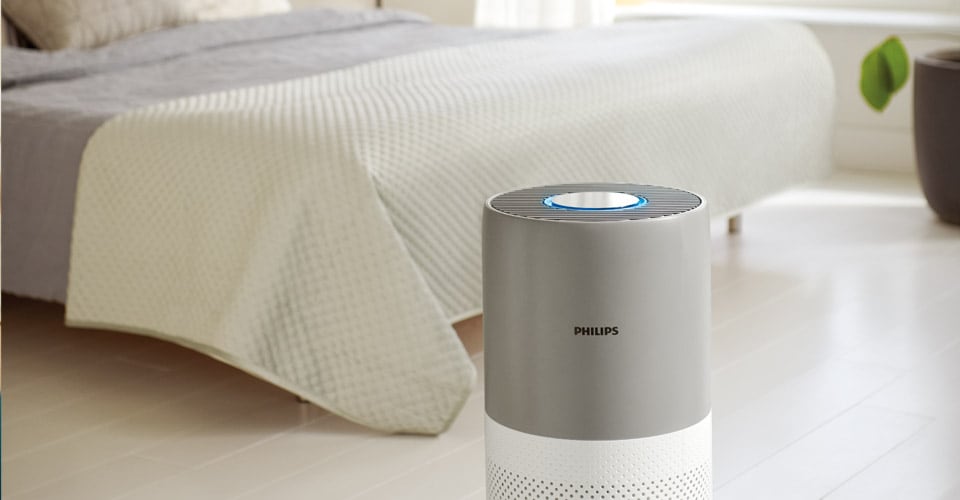
What you need
-
3000i Series
Air Purifier and Humidifier
AC3829/60
- Purifies rooms up to 80 m²
- 310 m³/h clean air rate (CADR)
- 600 ml/h humidification rate
- Connected with CleanHome+ app
£550.00*
Improving sleep quality through air purification
Even if humidity isn’t an issue in your bedroom, you’ll still find that cleansing the air of irritants can help with improving sleep quality, because of the link between air quality and sleep – especially if you suffer from allergies.
Keeping a few air-purifying plants around your bedroom is one way you can improve air quality for when you’re sleeping.3 Alternatively, using an air purifier is a great way to ensure you have the best night’s sleep possible. Turn on the Philips Air Purifier Series 3000i before you head to bed, and in just six minutes it’ll remove up to 99.9% of pollutants, allergens, and viruses, helping to clean the air in your sleep sanctuary.
Tips for better sleep
In addition to this advice on air quality and sleep, these other tips will help you rest easy too. Make sure you keep your bedroom:
Now you know the best temperature for sleep, and the best level of humidity, you can look forward to more restful shut-eye time. Why not pass on these tips for better sleep to your loved ones, too?
Source(s):
1 The Sleep Charity: Sleep environment
2 Oxford CC: Preventing damp and mould
3 NCBI: Planting Healthier Indoor Air


